
Composition of SUS 410
Main alloying elements: Chromium (Cr): The chromium content in SUS 410 stainless steel is one of its important characteristics, which provides the main corrosio
Main alloying elements:
Chromium (Cr): The chromium content in SUS 410 stainless steel is one of its important characteristics, which provides the main corrosion resistance of stainless steel. Data from different sources give different chromium content ranges, but it is roughly between 11.5% and 13.5%. There are also data indicating that the chromium content is 16% to 18% or 12.0-14.0%.
Other elements:
Carbon (C): The content should be less than or equal to 0.15%.
Silicon (Si): The content should be less than or equal to 1.00%.
Manganese (Mn): The content should be less than or equal to 1.00%.
Phosphorus (P): The content should be less than or equal to 0.04% (0.045% in some data).
Sulfur (S): The content should be less than or equal to 0.03%.
Nickel (Ni): The content should be less than or equal to 0.60%.
Molybdenum (Mo): The content is between 1.80% and 2.50% or not more than 0.75% (the range given by different data is different).
Other elements that may be contained:
SUS 410 may also contain trace amounts of other elements, such as titanium (Ti) and aluminum, but the content of these elements is usually low and is not its main component.
Physical properties:
The density of SUS 410 stainless steel is about 7.75 to 7.9 g/cm3 (the values given by different data are slightly different).
The specific heat capacity is 0.46 kJ/(kg·°C).
The thermal expansion coefficient is 17.4*10^-6/°C.
The thermal conductivity is 16.3 W/(m·°C).
In summary, the main component of SUS 410 stainless steel is chromium, which is between 11.5% and 13.5%, and it also contains elements such as carbon, silicon, manganese, phosphorus, sulfur, nickel and molybdenum. This stainless steel is widely used in automotive exhaust systems, water heaters, home appliances and other fields due to its good corrosion resistance and high temperature performance.
stainless steel processing
The manufacture of stainless steel involves a series of processes. First, the steel is melted, and then it is cast into solid form. After various forming steps, the steel is heat treated and then cleaned and polished to give it the desired finish. Next, it is packaged and sent to manufacturers, who weld and join the steel to produce the desired shapes.
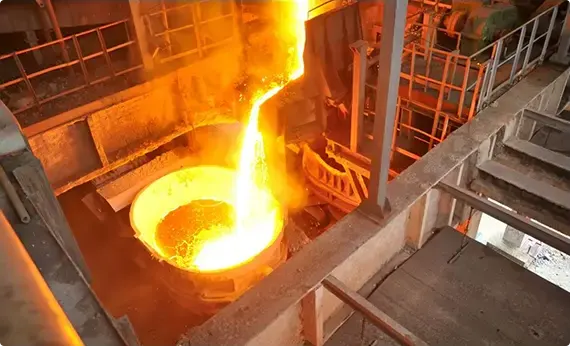
Melting and Casting
The raw materials that constitute a stainless steel item are placed together and melted in a giant electric furnace. Intense heat is applied rigorously for a period of 8 to 12 hours during this step. Once the melting is complete, the molten steel is cast into desired semi-finished forms. Some of the most common forms or shapes include slabs, blooms (rectangular shapes), billets (these could either be round or square), rods, and tube rounds.

Forming
In the second stage, the semi-finished steel shapes undergo a series of forming operations. For instance, the stainless steel is hot rolled (heated and passed through enormous rolls). The blooms and billets mentioned above are converted to bar and wire. The slabs on the other hand are formed into plates, strips or sheets. It is very common to turn semi-finished steel shapes into bars, as it is the most versatile stainless steel form (it comes in all grades and sizes). You have round, square, octagonal, and hexagonal bars, each suitable for a different type of application.
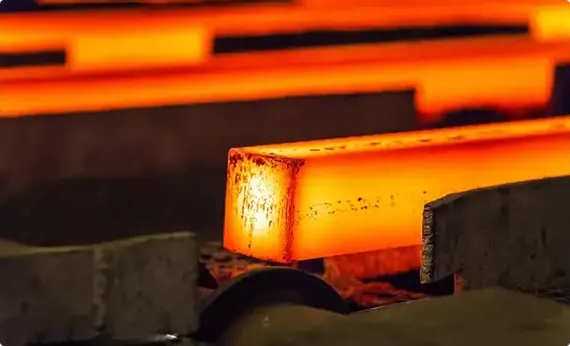
Heat Treatment
The various stainless steel forms undergo a thorough annealing process during this step. Annealing is another name for heat treatment where the stainless steel is heated and cooled in a controlled environment. The purpose of this heat treatment is to relieve the pent-up stress inside the stainless steel and soften the material to make it more suitable for a wide variety of applications. The people in charge of carrying out the annealing process have to be very careful about the conditions as even the slightest of changes in the temperature, pressure, duration, or cooling rate could result in a faulty product.
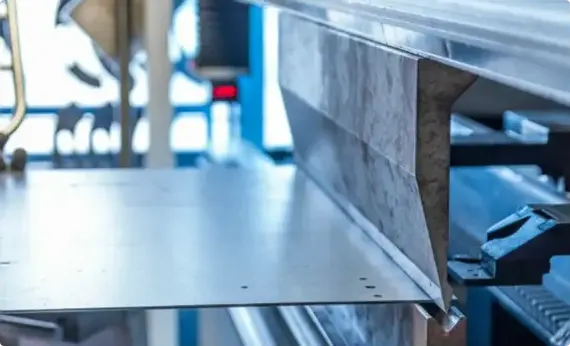
Descaling
During the annealing process, a certain amount of scale appears on the surface of the stainless steel. This scale can be removed using a number of different processes that are collectively known as descaling. Pickling is one of the more common methods of carrying out the descaling process.
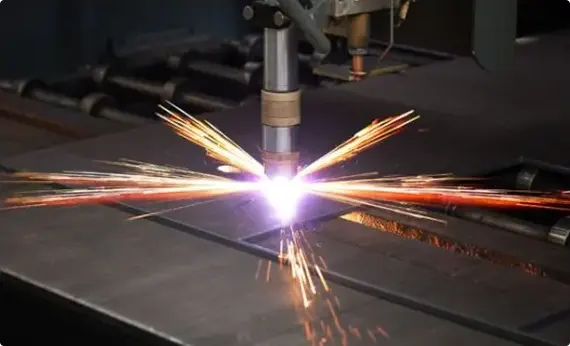
Cutting
The semi-finished, heat-treated, and descaled stainless steel forms are cut into specific shapes in this step. Mechanical cutting is performed with the aid of guillotine knives, blanking, nibbling, and high-speed blades.
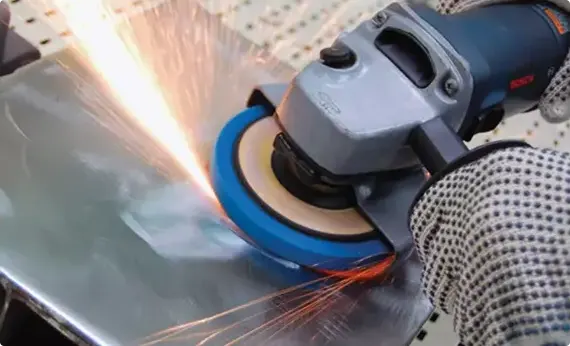
Finishing
Finishing is applied to help the stainless steel product achieve its signature aesthetically appealing appearance. Finishes are also needed to make the stainless steel product smooth and easier to clean, which is a top requirement in sanitary applications.
